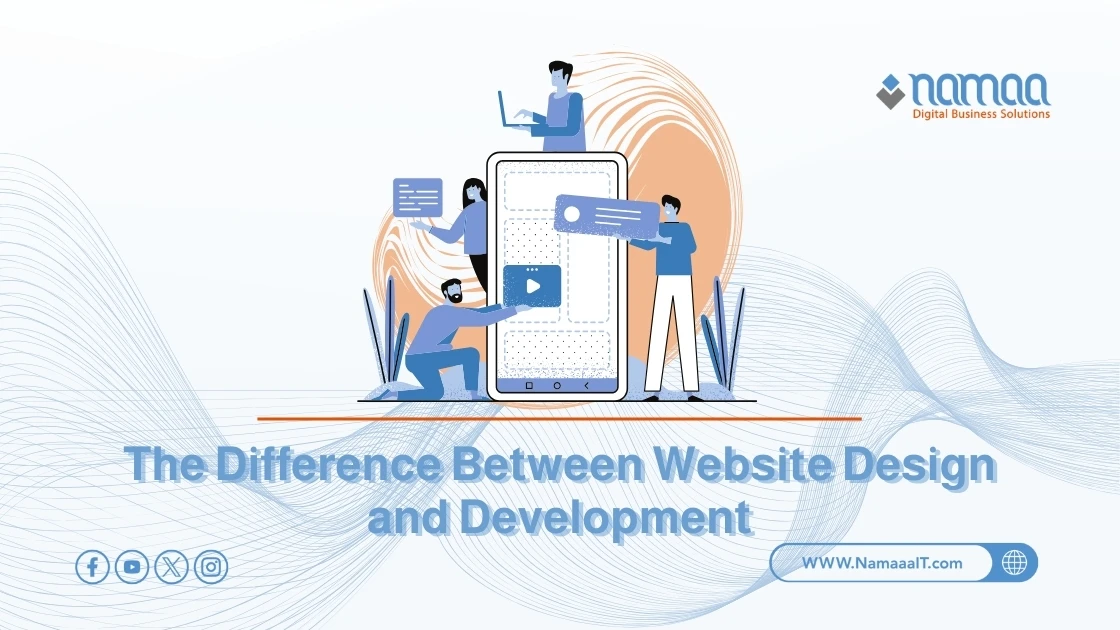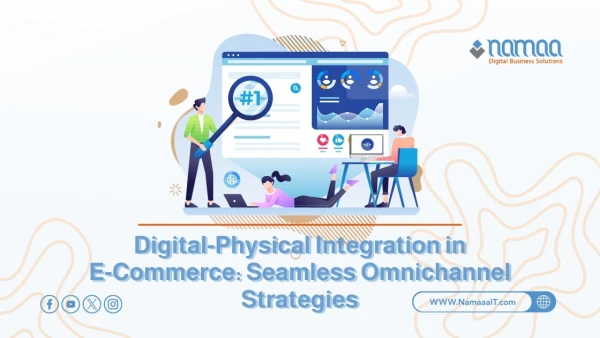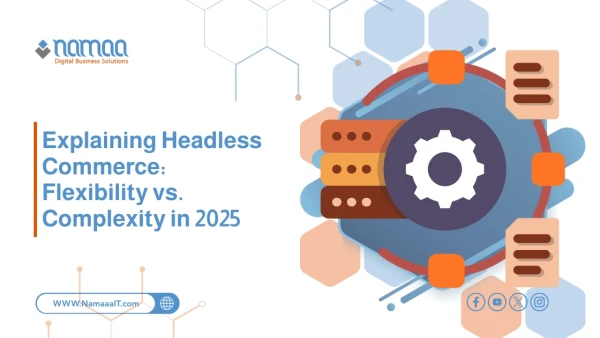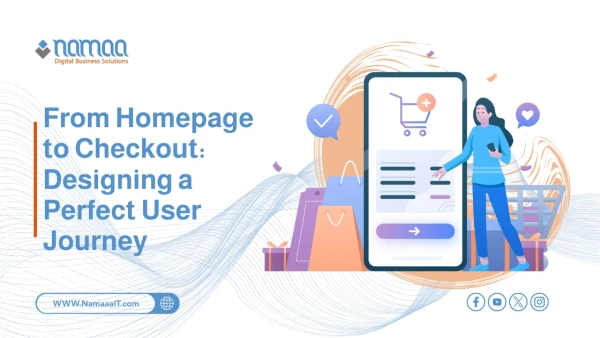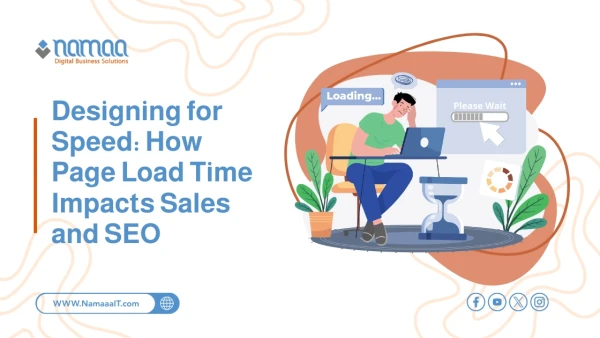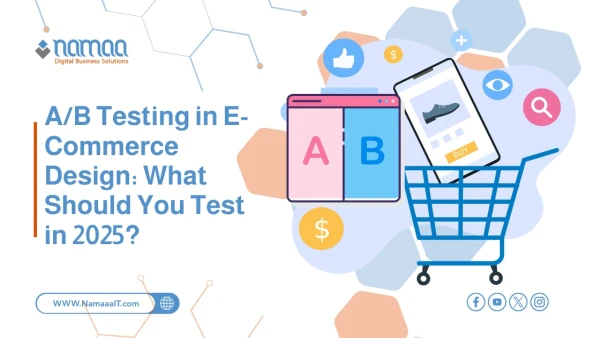When your company decides to launch a website, a key question arises: who do you really need? A web designer, a developer, or both?
Many people confuse design and development, even though each plays a completely different role. Design is about how the website looks and how users interact with it—how the site appears, how the visitor navigates through the pages, and whether everything looks coherent and clear. Development, on the other hand, is what makes this design work—the code, servers, and linking various functions to bring the site to life and make it responsive.
In this introduction, we’ll clarify the practical difference between web design and web development, and help you determine what your company truly needs based on its current goals. Is an attractive appearance enough? Or do you need someone who can transform that appearance into a fully functional website?
What Does Web Design Offer?
Web design is the first step in creating a successful digital experience. Its goal is to build a visually appealing, user-friendly interface that reflects the company’s identity and smoothly guides the visitor through the site.
It includes choosing colors, fonts, image arrangements, page layouts, and determining how users will interact with each part of the site. This process requires a deep understanding of visitor behavior and needs. Good design isn’t just about beauty—it’s about function. A beautiful site that responds slowly may drive users away in seconds.
Designers typically use tools like Figma, Adobe XD, or Sketch to create UI (User Interface) and UX (User Experience) designs. They define browsing paths, arrange menus, place buttons and links, and ensure that everything looks natural across various devices and screens. They also consider readability, contrast, and ease of interaction.
Companies that care about their brand image and customer experience often start with a strong design, as it's what creates the first impression.
In short, design is what the user sees and interacts with. It's what makes a website look professional, organized, and easy to use. If your company wants to leave a strong impression and attract attention from the first moment, having a skilled designer is a critical, non-negotiable step. Design influences how the visitor feels about the site—and whether they stay or leave after one click.
What Does Web Development Add?
While design focuses on appearance and browsing experience, web development is concerned with what happens behind the scenes to make the site function properly. Development involves writing the code that builds and runs the site—from simple landing pages to content management systems, databases, and integrations with other services like online payments or registration forms.
Without development, design is just a pretty picture with no interaction.
Developers use programming languages like HTML, CSS, and JavaScript, and frameworks like React or Vue for the front end, along with backend languages such as PHP, Python, or Node.js.
They turn design into a real, interactive website where data can be saved and retrieved. They also ensure site security, browser compatibility, and page loading speed—all of which directly impact user satisfaction and experience.
Development also enables the addition of custom features based on the company’s needs, whether it's an admin dashboard, a booking system, or APIs to connect the site with external apps.
So if your company offers digital services or deals with user data, you need a developer who understands the technical structure and ensures site stability.
In short, developers bring websites to life, enabling interaction and fulfilling their intended purpose. Without development, a site is just a static image.
Web Design vs. Web Development: What Does Your Company Really Need?
The terms “web design” and “web development” may sound similar, but they represent two distinct and essential phases of building a strong online presence.
When a company starts building a website, it often faces the dilemma: should the priority be a visually appealing design or a strong technical foundation? The answer depends on your business nature and what you expect from the site.
Web design focuses on the appearance and experience—how the site looks to the user, how they navigate it, and whether the browsing experience is pleasant.
Web development is the technical side—writing code, linking databases, securing data, and ensuring everything works as it should, without errors or delays.
If your business relies on visual appeal to attract customers—like fashion stores or marketing agencies—design is the priority. But if you offer complex online services like bookings, e-payments, or direct interaction with users, development is essential.
In reality, most companies need both: an appealing interface supported by solid technology. Focusing on one and ignoring the other may result in a beautiful but non-functional site—or a powerful site that’s unattractive and hard to use.
So what does your company actually need?
In most cases, companies need both. Eye-catching design draws visitors and creates a positive first impression, while strong development ensures the site runs smoothly and efficiently.
If your business only needs a basic site with core info, design might be the main focus. But for more complex needs—like e-commerce, CMS, or interactive web apps—strong development is crucial.
Ultimately, seamless collaboration between designers and developers creates a professional, effective website that serves your business goals.
Also Learn: 10 Essential Features Your Company Website Must Have
UI vs. UX: What's the Difference?
User Interface (UI) and User Experience (UX) are commonly used terms in web design, and they’re often confused. But in reality, each plays a different role in crafting an effective digital experience.
UI refers to the visual layout of the website or app—colors, buttons, fonts, icons, and page layouts. It’s what users see and directly interact with.
The designer’s job here is to make each element clear, organized, and aesthetically as well as functionally user-friendly.
UX is broader—it’s about the user’s feelings while using the site and how easily they can achieve their goals. It involves their expectations, overall impression, and satisfaction. UX is not just about how the site looks—it also includes load speed, logical navigation, clarity of messaging, and brand consistency.
A site may look great, but if users can’t find what they need easily, the experience is considered poor.
A simple example: a “Buy Now” button may have a beautiful UI design, but if it’s placed in an unexpected spot or leads to a confusing page, the UX suffers.
A successful designer considers both—but clearly distinguishes between appearance (UI) and feeling (UX). That’s why understanding both concepts is crucial when building a website. Digital success doesn’t come from a pretty look alone—it comes from a complete, seamless experience that helps users reach their goals with minimal effort.
How Design and Development Work Together
A website’s success depends not only on design or programming alone, but on the harmonious interaction between both.
Design lays out the visual plan and expected user experience, while development turns that plan into a fully functional product. This integration starts from the planning phase, where designers and developers discuss site goals and match creative ideas with technical capabilities.
The designer proposes interfaces, and the developer explains what can be done from a coding perspective, or what may need adjustment.
When execution begins, the designer creates visual models (wireframes and mockups), which the developer then builds using the appropriate programming languages. Continuous communication here is essential—designs may need slight changes to align with coding limitations, or the developer may suggest technical improvements that enhance the user experience.
In successful projects, there’s no clear divide between design and development—there’s a constant exchange of knowledge and feedback.
Great design isn’t enough without solid technical execution, and vice versa. That’s why a work environment that encourages collaboration between both sides is vital. When designers and developers integrate seamlessly, the result is a visually appealing, robust, and user-friendly website.

